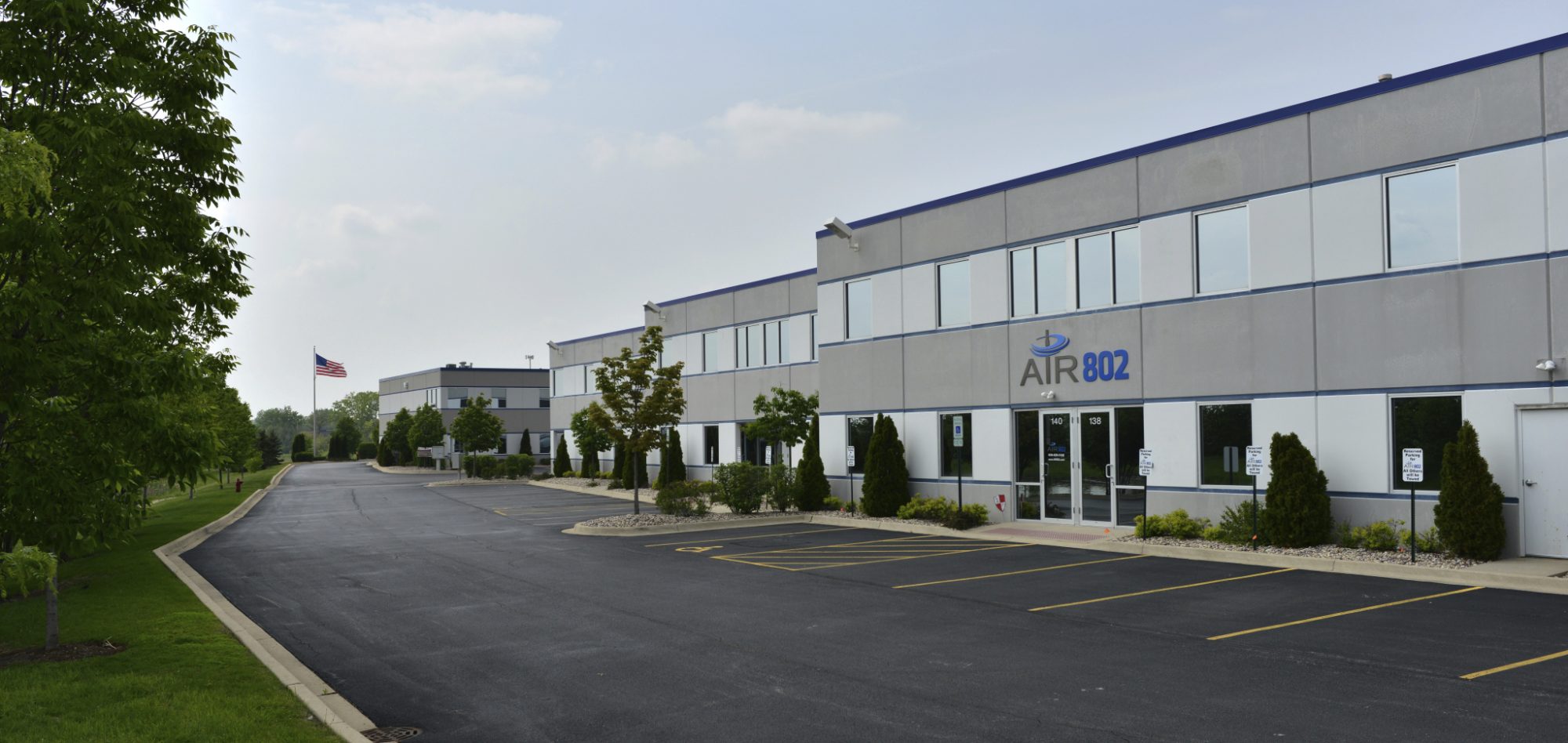The Restriction on Hazardous Substances Directive (RoHS) was first accepted by the European Union in February 2003. The goal of this legislation was to create unified standards on the acceptable amount of materials that are hazardous to human health being sold in the European Union. For example lead (pB) is dangerous to brain development in children.
In January 2013, RoHS 2, which restricts substances utilized in the manufacturing of electrical and electronic equipment went into effect. Specifically it:
- Establishes simple, effective and enforceable regulatory conditions.
- Makes enforcement more harmonious with better legal clarity.
- Sets forth the exemptions to the rules with more transparency.
- Establishes gradual increases in the requirements with efforts towards full compliance by July 22, 2019 unless exemptions are renewed.

RoHS 1 & 2 Restricted Substances
The following six substances have remained through the original RoHS and the newer RoHS 2 rules:
- Lead (pB): 0.1% by weight (<1000 ppm)
- Mercury (Hg): 0.1% by weight (<100ppm)
- Cadmium (Cd): 0.01% by weight (<100ppm)
- Hexavalent Chromium (Cr VI)I: 0.1% by weight (<1000 ppm)
- Polybrominated Biphenyls (PBB): 0.1% by weight (1000 ppm)
- Polybrominated Diphenyl Ethers (PBDCE): 0.1% by weight (<1000 ppm)
Compliance Versus Exempt
Often confusion or lack of understanding exists around the term “Compliant” vs “Exempt”. RoHS compliance requires all manufacturers of electrical and electronic equipment to comply with RoHS 2 regulations. However there are over 80 current exemptions to the regulations. These exemptions are scheduled to expire in 2019 unless they are renewed. Some might be renewed while some new substance restrictions may be introduced.
Current Market Place for Wireless Products
- Some have the viewpoint that compliance will be required in the next few years thus they make the decision to utilize RoHS in current products.
- Generally products being utilized in the medical industry today are much more likely to require RoHS compliance vs. exempt.
- RoHS is not always, but is often considered by customers globally outside of the European Union.
- At AIR802, the product of concern is coaxial connectors.
- These connectors are manufactured with brass.
- Typical brass exceeds the lead (pB) allowable levels.
- While some of our connectors, particularly those in antennas are often compliant, the majority exceed the lead (pB) levels, which are exempt from the rules.
- There is no legal requirement to keep them under limits. At this point, it is driven by customer demand.
- If customers request we will use a different grade of brass which will meet the restriction limits (even though not required today).
- Generally, use of brass with lead at <1000 ppm will add roughly 40% to the cost of connectors.
Please comment or contact us with any further questions!





Interesting info,just what I was looking for